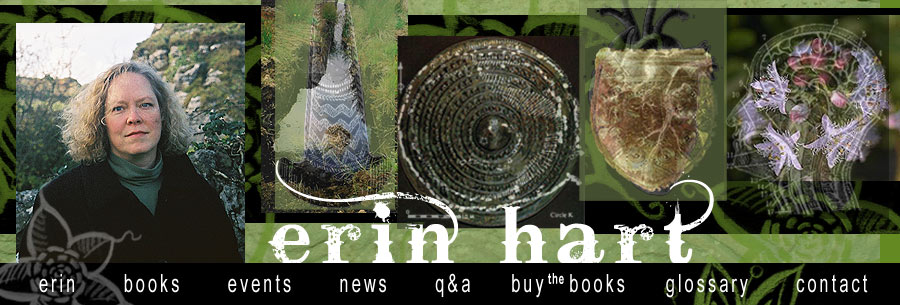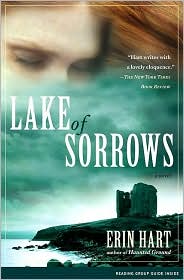One of the world's most fascinating bog discoveries—thought to be the oldest existing examples of Latin writing from Ireland—are the Springmount Bog tablets. These are wax tablets on which are inscribed the Vulgate text of Psalms 30-32. They were found in a bog in County Antrim, Ireland, in the early 20th century, and are now preserved in the National Museum of Ireland, and some of the tablets are part of the Faddan More Psalter exhibit at the museum. More on the Psalter later...
Thou wilt bring me out of this snare,
which they have hidden for me:
for thou art my protector.
"The tablets are c. 75 x 210 mm, c. 7 mm thick, and appear to have been lashed together as a group of six, waxed sides together" (Stevenson, "Literacy in Ireland: The Evidence of the Patrick Dossier in the Book of Armagh," — McKitterick (ed) The Uses of Literacy in Early Mediaeval Europe [1990] 20).
"These are an unusual survival, given the climatic conditions of northern Europe; they were preserved owing to loss in a peat bog, and they convey graphically the obligation of the priest to be ‘psalteratus’—to have memorised and be able to recite the Psalms, in the tradition of the Judaic priesthood—and recall exhortations to ordinands to spend whatever time possible learning them, even when travelling (as the person studying these extracts may have been)" — Michelle P. Brown, Preaching with the Pen: the Contribution of Insular Scribes to the Transmission of Sacred Text, from the 6th to 9th Centuries [2004]).
A wax tablet was often in the form of a diptych, a small two-paneled booklet, usually bound with a leather thong. Writing was done with a stylus, a pointed instrument made of metal, bone, or wood.
Here's a bone stylus featuring a human head, discovered during excavation at Kells Priory, in County Kilkenny. The archaeologists' report describes its possible uses:
An expertly carved bone parchment pricker or stylus with an anthropomorphic head was used either when laying out the script on parchment or for writing on wax tablets.The wax tablet and stylus were important in monastic life. The Rule of Saint Benedict, which dates to the sixth century, included the tablet and its stylus in its list of necessary accoutrements of the monastic life: "et ut hoc vitium peculiaris radicitus amputetur, dentur al abbate omnia quae sunt necessaria, id est cuculla, tunica, pedules, caligas, bracile, cultellum, graphium, acum, mappula, tabulas..." ["In order that this vice of private ownership may be completely uprooted, the abbot is to provide all things necessary: that is, cowl, tunic, sandals, shoes, belt, knife, stylus, needle, handkerchief and writing tablets..."
Some Roman styli from Shrewsbury in England.
The pointed end was used for writing; the flat end
was used to smooth out the wax for re-use.
Saint Aldhelm (639-709) was famous for his riddles. He composed one about wax tablets, or pugillares, as he would have referred to them in Latin, in the late seventh century:
Of honey-laden bees I first was born,
But in the forest grew my outer coat;
My shoes from tough hides came. An iron point
In artful windings cuts a fair design,
And leaves long, twisted furrows, like a plough...











No comments:
Post a Comment